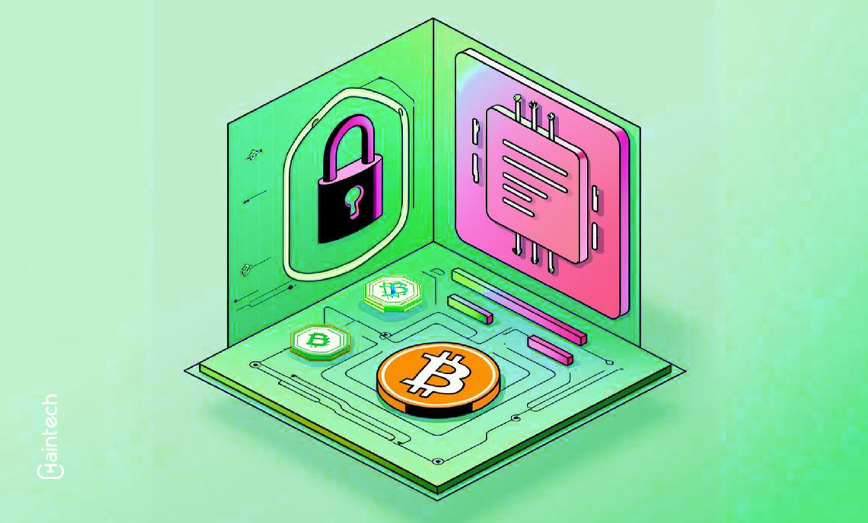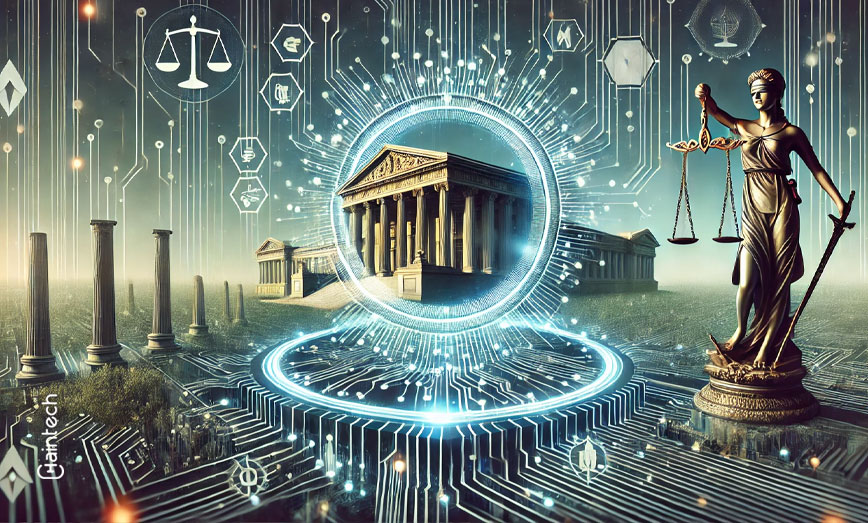The Challenges of Tokenization: Security, Regulation, and Adoption

Tokenization is shifting the paradigm of ownership and trading mechanisms for assets. For instance, consider purchasing a specific percent equity in a high-end apartment or investing in a portion of a distinguished painting. That is tokenization; it converts assets into digital tokens, which can be traded or sold as easily as any digital currency. But while this concept is commendable, it also comes with certain drawbacks. Security risks, confusing regulations, and slow adoption are holding tokenization back. Businesses and individuals are excited about tokenization but feel unsure because of these hurdles. Addressing these challenges is the first step in realizing the true potential of tokenization, which lies within them.
What are the hurdles to achieving wide-scale tokenization?
This can be simplified and broken down into three different factors: Tokenization has three main challenges:
- Security: protecting tokens and their underlying assets from cyber threats.
- Regulation: dealing with unclear and inconsistent rules across countries.
- Adoption: The challenge of persuading individuals and organizations to change their ways and switch to this emerging system.
Now, let us look at these challenges and possible solutions.
Tackling the security aspect: How safe are tokens?
Security is the most critical challenge in tokenization. If tokens aren’t safe, no one will trust them. While blockchain—the foundation of tokenization—is known for its security, it isn’t perfect. Hackers have targeted tokenized platforms and stolen assets worth millions.
Let’s say a company tokenizes real estate. Each token represents ownership of a property. If hackers break into the system, they could alter ownership records or steal tokens. Such breaches can destroy trust and cause financial losses.
How do we address these risks? It starts with understanding the weak points. For example:
- Some blockchain systems use outdated encryption methods, making them easier to hack.
- Platforms sometimes skip regular security audits.
- Employees may not be trained to spot phishing attempts or other threats.
To fix this, companies can take these steps:
- Use strong encryption to secure data.
- Regularly update and audit their systems.
- Train users and staff to identify and manage cyber threats actively targeting them.
- Utilizing cybersecurity experts and educating on networking the right talent and resources to prevent attacks in the first place.
These measures can build trust and make tokenized systems safer.
The regulatory hurdle: Lots of regulations but not easily understood laws
Now the regulation can be described as the biggest challenge in the way of tokenization. Different regions have different regulations regarding how a token can be designed, and marketed, and even what can be classed as a token. Some countries consider tokens as securities, while other nations may classify them as something else.
This lack of clarity confuses businesses. For instance, a US-based business could tokenize an asset, only to realize subsequently that it borders on breaking security laws. Such errors come with heavy penalties, such as fines and bans.
We will now consider several essential regulatory issues:
| Challenge | Impact |
| Varying global laws | Makes cross-border token use difficult. |
| Unclear asset definitions | Creates confusion for businesses. |
| High compliance costs | Discourages startups from entering the market. |
| Slow regulatory updates | Stalls innovation in tokenization. |
| Fear of legal penalties | Stops companies from experimenting. |
The solution lies in creating clear, global standards for tokenization. Countries need to come to an agreement on the definition of tokens as well as establish the necessary regulations for them. However, lawyer consultation becomes necessary for businesses in the absence of such measures.
Adoption barriers: Why aren’t people jumping in?
Even if security improves and regulations become clear, tokenization faces other challenges: adoption. New technologies are often met with skepticism, especially if their workings are vague to most people.
A small business owner who reads about the possibility of tokenizing his or her assets may be put off by the feeling that it appears complicated and risky, and investors will probably seek something different in tokens as the value of the tokens rather than the process or the gain that may come along with it.
Some of the key prohibitors of the adoption include:
- Lack of Awareness: People do not understand what tokenization is or how it works.
- Complex platforms: Tokenization systems can be hard to navigate, especially for beginners.
- Resistance to change: Businesses and individuals often prefer sticking to traditional methods.
- High initial costs: Setting up tokenized systems can be expensive.
- Limited infrastructure: There aren’t enough tools or platforms to support widespread use.
How can we encourage adoption? Here’s what can help:
- Educate the public: Share simple, engaging resources about tokenization and its benefits.
- Simplify platforms: Make tokenization tools easy to use, even for non-tech-savvy users.
- Showcase success stories: Highlight businesses and individuals who have benefited from tokenization.
- Use Rewards: Give cash benefits and perks to those willing to follow the protocol and cut off other rewards.
- Have Partners: Work with other people who have a good reputation and be able to assist in establishing trust.
- Invest in infrastructure: Build systems that make tokenization more accessible and reliable.
With the assistance of such elements and tools, it is possible to make the tokenization of the assets applicable and attractive to the people.
Did you know?
Tokenization can make investing in high-value assets like luxury real estate or rare art affordable by splitting ownership into smaller, more accessible digital shares.
Case study: What worked and what didn’t
Real-world examples can teach us a lot about tokenization.
Success Story: A European hotel chain that went through tokenization made it possible for individuals from around the world to invest in them by purchasing shares; the reason for the success of the project was that the platform was and is a safe one, and assurances, the entire course was open, and the profits were apparent to the investors.
Failure Story: A startup tried tokenizing rare collectibles but didn’t secure its platform properly. Tens of millions in tokens and cash were lost through hacking; such exposure to these hackers made the company vulnerable and was a put-off to potential investors.
The lesson? Businesses offering tokenization solutions can experience further growth only if there’s trust among users, security measures are implemented, and people are aware of the benefits of using it.
And what about the future of tokenization? Where do we go from here?
Even though there are some challenges, the possibilities of tokenization are quite great. It is seriously impacting industries such as real estate, the arts, and finances. However, for its proper launch, the problems of security, governance, and adoption need to be addressed.
In that respect, here’s what the future might hold:
- Improved security: A shift in the level of encryption and changing forms of cyber security will create more secure tokenized-based platforms.
- Clearer regulations: Governments will create global standards, making it easier for businesses to comply.
- Wider Adoption: As people see the benefits of tokenization, more businesses and individuals will join in.
- New Use Cases: Industries like healthcare and supply chain management could start using tokenization in innovative ways.
The next decade will be crucial for tokenization. If we address its challenges, it could reshape how we own, trade, and manage assets.
Wrapping it up: Building a better future for tokenization.
Tokenization is set to be the absolute best way of thinking about ownership. Nevertheless, challenges that come with it—for example, security threats, differing regulations, and obstacles to adoption—have to be taken into account. But through advancements in technology, streamlining of laws, and making the public aware of the possibilities therein, we can realize tokenization’s potential.
Did you know?
The blockchain technology behind tokenization ensures that every transaction is transparent and traceable, reducing the risk of fraud.
FAQs
1. Would you like to focus on the concept of tokenization?
Always start out conservatively, keep ambitious, and never be scared to ask for help. Tokenization is very likely to be the feature that your particular business has been looking for.
2. How can businesses ensure token security?
They can use strong encryption, conduct regular audits, and train employees to handle cyber threats.
3. Why is adoption slow despite tokenization’s benefits?
Many people don’t fully understand tokenization or find the platforms too complex to use.
4. Are regulations the same for tokenization worldwide?
No, laws vary by country, making global compliance a challenge for businesses.
5. Which particular industries dominate the use of tokenization early on?
Certainly, real estate, art, and finance are taking the lead, but other segments like healthcare or logistics are starting to consider the possibilities.









